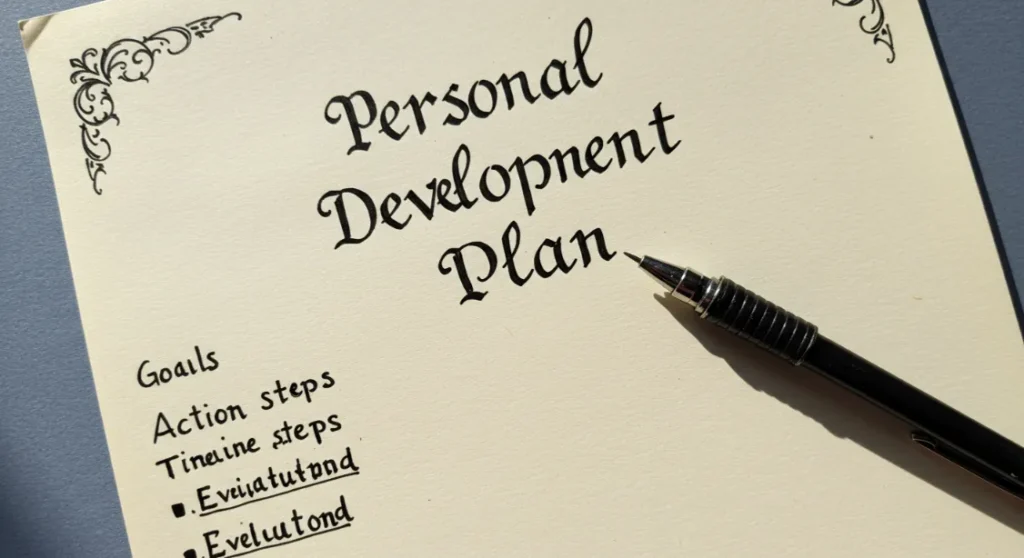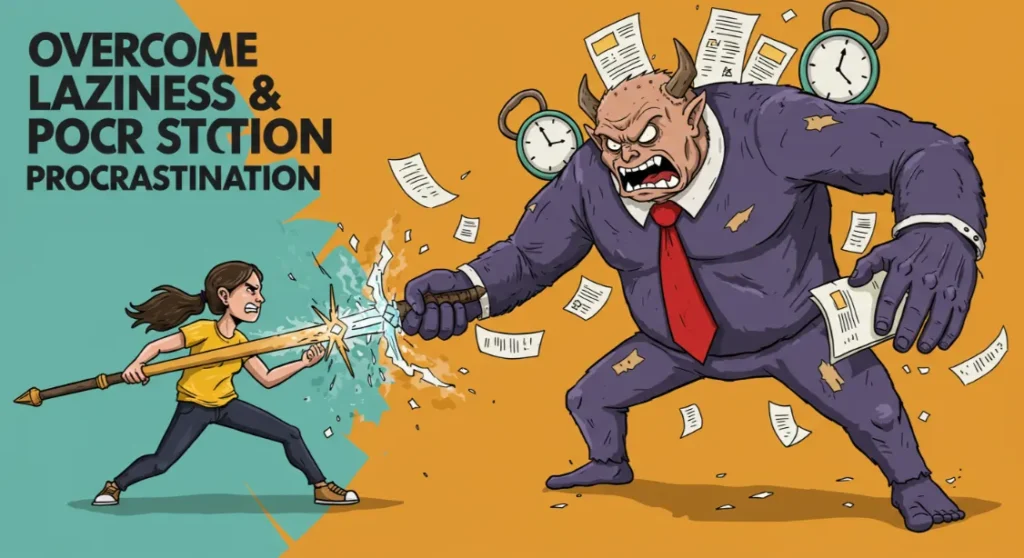Have you ever felt like you’re constantly being pushed around or struggling to make confident choices? You’re not alone. Recent research shows that 55% of people feel they’ve missed work opportunities because they lack assertiveness. But here’s the good news: assertiveness is a skill that can be learned and mastered!
Key Takeaways:
- Assertiveness is a balanced communication style between passive and aggressive.
- Developing assertiveness can boost self-esteem and improve decision-making.
- Utilize “I” statements and practice active listening to strengthen your assertive communication skills.
- Set clear boundaries and learn to say “no” when necessary.
- Use visualization and positive self-talk to build confidence.
- Seek feedback and continuously refine your assertiveness skills.
Let’s dive into the world of assertiveness and discover how it can transform your decision-making prowess. Trust me, by the end of this guide, you’ll be ready to take on the world with newfound confidence!
What is assertiveness, really?
Imagine you’re at a restaurant, and the waiter brings you the wrong order. How do you react? Do you meekly accept it to avoid conflict? Or do you angrily demand a new dish? Assertiveness is that sweet spot in between—calmly and confidently expressing your needs while respecting others.
Assertiveness and decision-making go hand in hand. When you’re assertive, you’re more likely to make choices that align with your values and goals, rather than being swayed by others’ opinions or fear of conflict.
The assertiveness-decision-making connection
Let’s break down how assertiveness impacts your decision-making skills:
- Clarity of thought: Assertive people are more in tune with their own needs and values, making it easier to make decisions that align with their goals.
- Confidence: When you’re assertive, you trust your judgment more, leading to quicker and more decisive choices.
- Better communication: assertiveness allows you to clearly express your thoughts and gather necessary information for informed decisions.
- Reduced stress: By addressing issues head-on, assertive people experience less anxiety around decision-making.
- Improved relationships: Clear communication fosters stronger connections, creating a supportive environment for decision-making.
Practical Tips for Boosting Assertiveness
Ready to level up your assertiveness game? Here are some tried-and-true techniques:
1. Master the Art of “I” Statements
Instead of saying “You always interrupt me,” try “I feel frustrated when I’m interrupted.” This approach expresses your feelings without placing blame.
2. Body language matters.
Stand tall, make eye contact, and use a calm, clear voice. Your body language speaks volumes about your confidence.
3. Learn to Say “No.”
It’s okay to turn down requests that don’t align with your priorities. Practice saying “no” firmly but politely.
4. Set clear boundaries.
Communicate your limits clearly to others. For example, “I’m not available for work calls after 6 PM.”
5. Use the Broken Record Technique
Repeat your point calmly and consistently when faced with resistance. “I understand, but I’m not comfortable with that decision.”
Decision-Making Strategies for the Assertive Mind
Now that you’re on your way to becoming more assertive, let’s explore how to apply this newfound confidence to your decision-making process:
- Gather information: Don’t be afraid to ask questions and seek clarification. Assertive people are unstoppable when it comes to gathering the info they need.
- Consider all options: Use your assertiveness to explore different perspectives and alternatives.
- Trust your gut: assertiveness builds self-trust. Listen to your intuition when making decisions.
- Communicate your choice: Once you’ve made a decision, express it clearly and confidently.
- Stand by your decisions. Be prepared to explain and defend your choices if necessary.
Overcoming Obstacles to assertiveness

Let’s face it—becoming more assertive isn’t always smooth sailing. Here are some common hurdles and how to overcome them:
| Obstacle | Solution |
|---|---|
| Fear of conflict | Start small and practice in low-stakes situations |
| Low self-esteem | Build confidence through positive self-talk and accomplishments |
| Lack of practice | Role-play assertive scenarios with a friend or mentor |
| Cultural barriers | Adapt assertiveness techniques to fit your cultural context |
| Perfectionism | Embrace mistakes as learning opportunities |
Remember, becoming unstoppable is a journey, not a destination. Be patient with yourself as you develop these new skills.
Real-Life Assertiveness in Action

Let’s look at some examples of how assertiveness can play out in everyday situations:
- At work: Instead of silently accepting an unrealistic deadline, an assertive employee might say, “I’m committed to delivering quality work. Can we discuss a timeline that ensures the best outcome?”
- In relationships: Rather than bottling up frustrations, an assertive partner might express, “I feel overwhelmed when I handle all the household chores. Can we create a fair division of tasks?”
- With friends: When a friend constantly cancels plans last minute, an assertive response could be, “I value our friendship, but last-minute cancellations are frustrating. Can we commit to plans we both can keep?”
The Science Behind assertiveness and decision-making

Recent studies have shed light on the powerful connection between assertiveness and effective decision-making. A 2023 study published in the Journal of Personality and Social Psychology found that individuals who scored higher on assertiveness measures made decisions 25% faster and reported 30% higher satisfaction with their choices.
Moreover, neuroscience research has shown that assertive behavior activates the prefrontal cortex, the area of the brain responsible for executive functions and decision-making. This suggests that practicing assertiveness can actually strengthen your brain’s decision-making capabilities over time.
Assertiveness in the Digital Age

In our increasingly digital world, assertiveness takes on new forms. Here are some tips for being assertive online:
- Set digital boundaries: Communicate your availability for work-related communications outside of office hours.
- Use clear language in emails. Avoid hedging words like “just” or “maybe” that can undermine your message.
- Video call confidence: Practice assertive body language and tone during video meetings.
- Social media assertiveness: Don’t be afraid to unfollow or mute accounts that don’t align with your values.
- Online negotiations: Use assertive language in e-commerce or freelance work discussions.
Assertiveness across Cultures
It’s important to note that assertiveness may look different across cultures. While direct communication is valued in some societies, others prioritize harmony and indirect communication. The key is to find a balance that allows you to express your needs while respecting cultural norms.
For example, in some Asian cultures, assertiveness might involve using more subtle language or relying on non-verbal cues. The goal is to adapt assertiveness techniques to fit your cultural context while still advocating for yourself.
The role of emotional intelligence

Assertiveness and emotional intelligence go hand in hand. By developing your emotional intelligence, you’ll be better equipped to:
- Recognize and manage your own emotions.
- Understand others’ perspectives
- Communicate effectively in stressful situations.
- Make decisions that consider both logic and emotions.
Assertiveness Training: Is It Worth It?
If you’re struggling to develop assertiveness on your own, professional assertiveness training can be a game-changer. These programs often include:
- Role-playing exercises
- Feedback on communication style
- Techniques for managing anxiety
- Strategies for specific workplace or personal scenarios
Many participants report significant improvements in their confidence and decision-making abilities after completing assertiveness training.
Measuring Your Progress
As you work on developing your assertiveness, it’s important to track your progress. Here’s a simple self-assessment table you can use:
| Assertiveness Skill | Week 1 (1-10) | Week 4 (1-10) | Week 8 (1-10) |
|---|---|---|---|
| Expressing needs | |||
| Saying “no” | |||
| Handling criticism | |||
| Making decisions | |||
| Setting boundaries |
Rate yourself on a scale of 1-10 for each skill at regular intervals. This will help you see your improvement over time and identify areas that may need more focus.
The ripple effect of assertiveness
As you become more assertive, you’ll likely notice positive changes rippling through various aspects of your life:
- Improved work performance and career advancement
- Stronger, more authentic relationships
- Better mental health and reduced stress
- Increased self-esteem and confidence
- More effective leadership skills
Remember, assertiveness and decision-making are skills that can be continually refined. Embrace the journey of self-improvement and watch as doors open to new opportunities and personal growth.
Conclusion: Your Assertive Future Awaits
Congratulations! You’ve taken the first step towards a more assertive, decisive you. Remember, developing assertiveness is a journey, not a destination. Be patient with yourself, celebrate small victories, and keep practicing.
As you continue to hone your assertiveness skills, you’ll find yourself making better decisions, feeling more confident, and living a life that truly aligns with your values and goals. So go ahead, speak up, stand tall, and embrace your assertive power. Your future self will thank you!